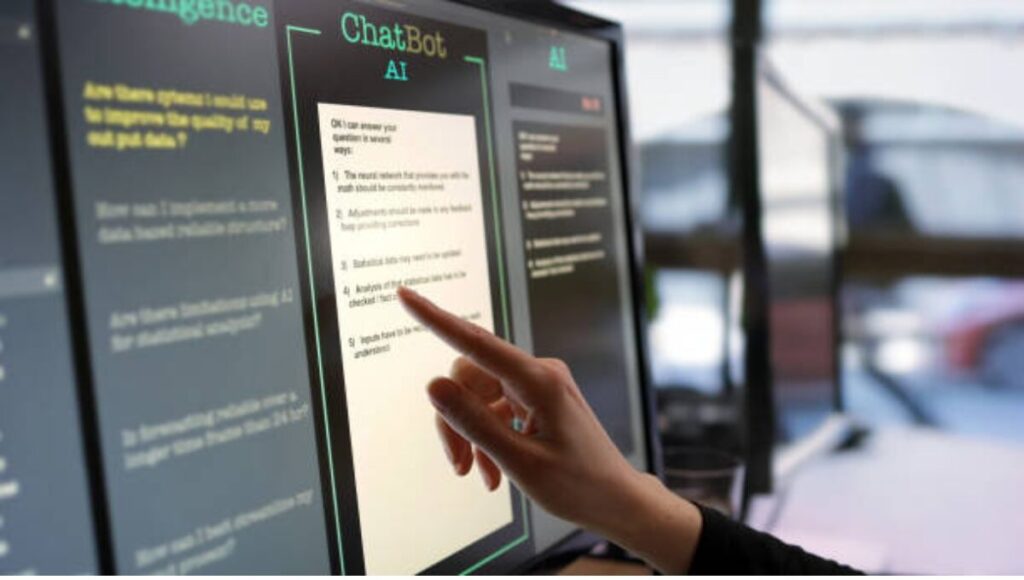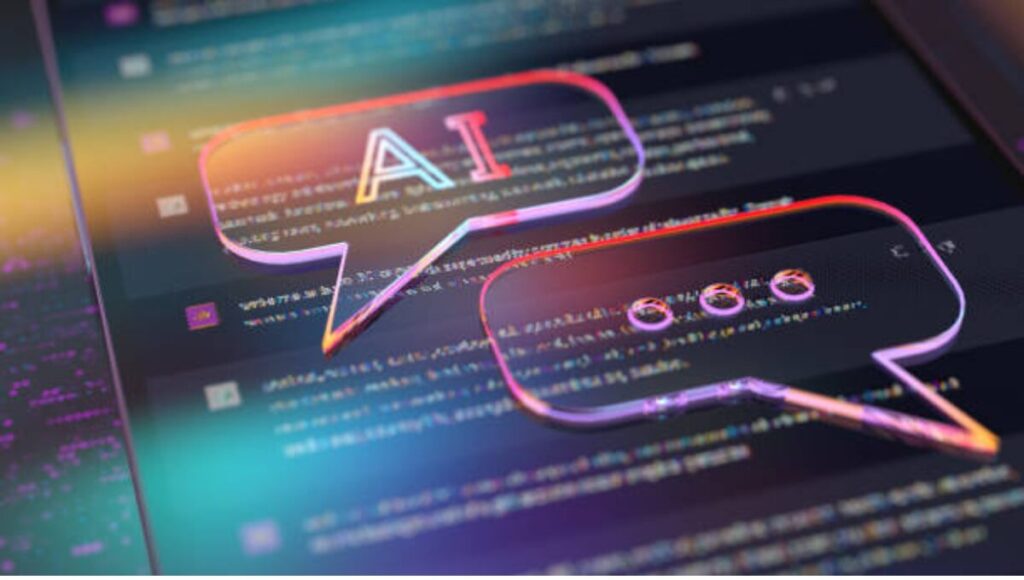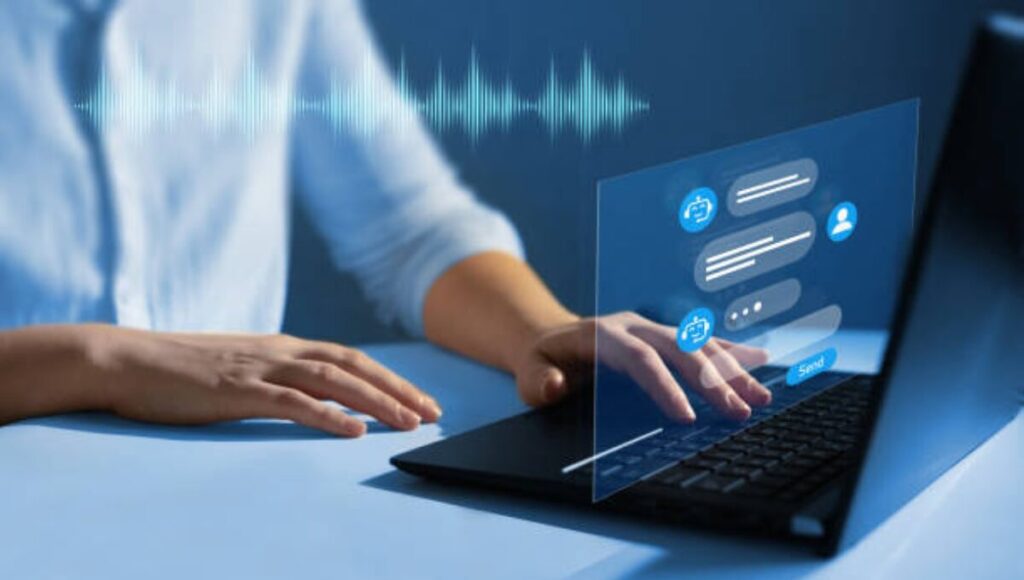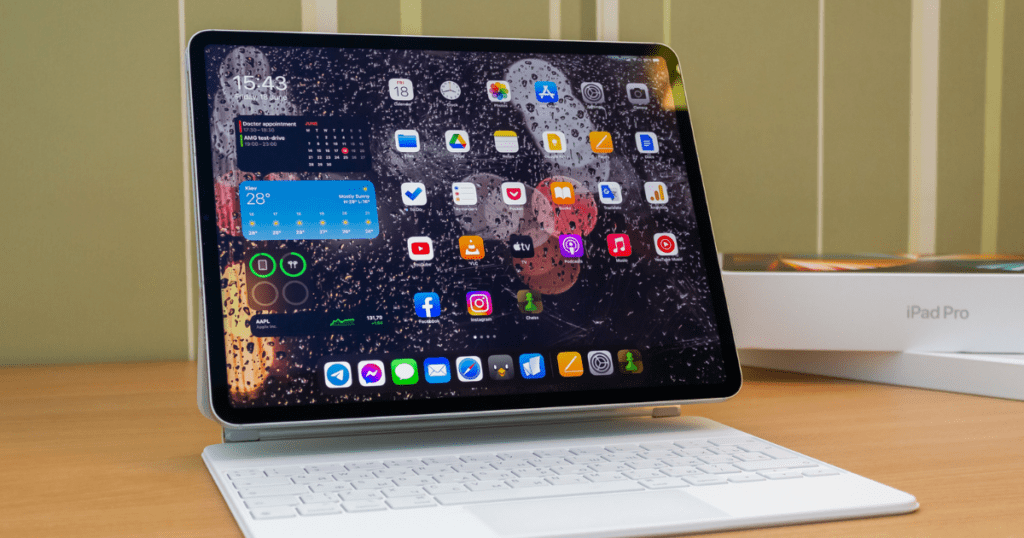Chatbots have become an essential tool for businesses and individuals alike. Whether you’re looking to enhance customer support, streamline your operations, or simply explore the possibilities of AI, learning how to use chatbot can open up new opportunities. In this guide, we’ll walk you through everything you need to know about chatbots, how to use them, and some tips to get the most out of these intelligent tools.
What is a Chatbot?

Before diving into how to use chatbot, let’s first understand what a chatbot is. A chatbot is a software application designed to simulate human conversation. It interacts with users via text or voice, providing information, answering questions, or even performing tasks. Chatbots can be as simple as a programmed script or as complex as AI-driven systems like ChatGPT.
How can we use chatbots?
Chatbots can be used in various ways:
- Customer Support: Automate responses to frequently asked questions.
- Sales & Marketing: Engage potential customers and guide them through sales funnels.
- Education: Provide interactive learning experiences.
- Entertainment: Create conversational games or storytelling.
- Personal Assistance: Help with reminders, scheduling, and other tasks.
Why Should You Use a Chatbot?
The rise of chatbots is no accident. They offer numerous benefits, including:
- 24/7 Availability: Chatbots are always ready to assist, no matter the time of day.
- Efficiency: They can handle multiple inquiries simultaneously, reducing the need for human intervention.
- Cost-Effective: Chatbots reduce the need for large customer support teams, saving businesses money.
- Personalization: Advanced chatbots can offer personalized responses, enhancing the user experience.
These advantages make chatbots an essential tool in today’s digital landscape. But how exactly do you use a chatbot? Let’s explore the steps.
Can I use ChatGPT for free?
Yes, you can use ChatGPT for free, although there may be limitations in terms of usage, features, or access to newer models. OpenAI offers a free tier with access to basic features, and a paid subscription (ChatGPT Plus) provides enhanced access.
How to use ChatGPT?
- Sign Up/Log In: Create an account on OpenAI’s website or through an integrated platform.
- Access the Chat Interface: You can start chatting with ChatGPT directly through the website or app.
- Input Queries: Simply type your questions or commands, and ChatGPT will generate responses.
- Integration: Developers can integrate ChatGPT into their applications using APIs.
How do I run a chatbot?
- Choose a Platform: Platforms like Dialogflow, Microsoft Bot Framework, or ChatGPT offer tools to create and deploy chatbots.
- Design Conversations: Plan how your chatbot will interact with users.
- Develop and Train: Use programming or visual tools to create the bot’s logic and train it on data.
- Deploy: Host the chatbot on a server or integrate it with platforms like websites or messaging apps.
How to Use Chatbot: Step-by-Step Guide

- Choose the Right Chatbot Platform The first step in learning how to use chatbot is selecting the right platform. Popular chatbot platforms include Facebook Messenger, Slack, WhatsApp, and website-integrated chatbots. Each platform has its unique features, so choose one that aligns with your needs.
- Sign Up and Set Up Your Account After selecting your platform, sign up for an account. This process usually involves providing basic information and verifying your email. Once registered, you can start setting up your chatbot by following the platform’s guidelines.
- Define the Purpose of Your Chatbot Understanding what you want to achieve with your chatbot is crucial. Are you looking to provide customer support, collect feedback, or drive sales? Defining your chatbot’s purpose will guide you in designing its responses and functionalities.
- Create a Conversational Flow A well-designed conversational flow is key to a successful chatbot. Start by mapping out the possible user queries and the corresponding responses. Ensure the conversation feels natural and covers all potential scenarios. You can use tools like flowcharts to visualize this process.
- Customize Your Chatbot’s Personality Give your chatbot a personality that aligns with your brand. Whether it’s formal, casual, or humorous, a consistent tone of voice will make your chatbot more engaging. Don’t forget to include a name and avatar for a personal touch.
- Integrate with Other Tools To make your chatbot more powerful, integrate it with other tools and systems like CRM software, payment gateways, or analytics platforms. This integration allows your chatbot to perform tasks like booking appointments, processing orders, or collecting data.
- Test Your Chatbot Before launching your chatbot, thoroughly test it to ensure it works as expected. Test different scenarios, including edge cases, to identify any issues. Testing helps in refining the chatbot’s responses and ensuring a smooth user experience.
- Launch and Monitor Performance Once satisfied with the testing, it’s time to launch your chatbot. Promote it across your channels to make users aware of its availability. After launching, monitor the chatbot’s performance using analytics tools to track metrics like user engagement, response accuracy, and conversion rates.
- Update and Improve A chatbot is not a set-it-and-forget-it tool. Regularly update it to incorporate new information, fix bugs, and improve the conversational flow. Keep an eye on user feedback and make adjustments as needed.
Best Practices for Using Chatbots

Now that you know how to use chatbot, here are some best practices to ensure success:
- Keep It Simple: Don’t overwhelm users with too many options. A simple, straightforward conversation flow works best.
- Be Transparent: Let users know they’re interacting with a chatbot and not a human. This transparency builds trust.
- Provide a Human Touchpoint: Offer users the option to speak with a human if the chatbot cannot resolve their issue.
- Monitor User Feedback: Regularly review user feedback to identify areas for improvement.
- Ensure Data Security: Protect user data by implementing strong security measures and complying with privacy regulations.
Conclusion
Learning how to use chatbot is a valuable skill in today’s digital world. Whether for business or personal use, chatbots offer endless possibilities. By following the steps outlined in this guide, you can create and manage a chatbot that meets your needs and enhances your online interactions.
FAQ
Is ChatGPT a chatbot?
Yes, ChatGPT is a type of chatbot that uses the GPT (Generative Pre-trained Transformer) model to generate human-like text based on input it receives.
Is chatbot free?
Many chatbot platforms offer free versions with limited features, but advanced features or higher usage might require a paid plan.
Can I talk to AI chatbot?
Yes, AI chatbots like ChatGPT are designed for conversational interaction. You can ask questions, have casual conversations, or get assistance with tasks.
What does GPT stand for?
GPT stands for “Generative Pre-trained Transformer.” It’s a type of AI model designed to generate human-like text based on the data it was trained on.
Can I trust chatbot?
Trust in a chatbot depends on its design, the data it’s trained on, and its intended use. For tasks like customer support, they can be very reliable, but they should be used cautiously for more critical decisions.
Is ChatGPT safe?
ChatGPT is generally safe to use, but it’s important to be cautious:
- Avoid sharing personal, sensitive information.
- Be aware that the model can generate inaccurate or biased information.
- Use it in secure environments to protect data.




